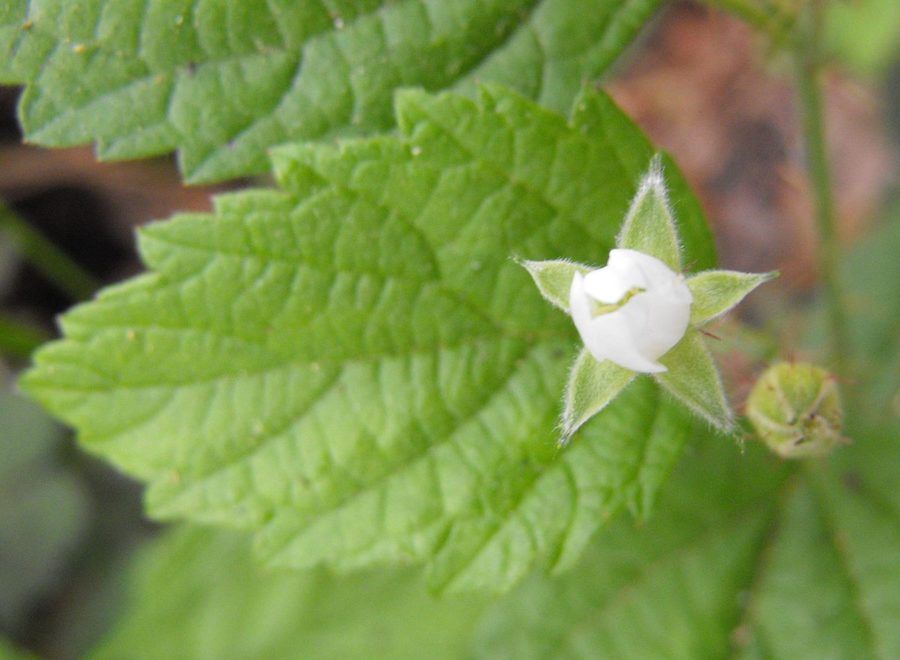What the heck is a blue raspberry?
March 14, 2018
A lot of things in life are fake; Santa Claus, the news and most of Twitter. These days, I find myself longing to know just whether something is the real deal or a piece of bogus. You might be asking yourself, “Lauren, where is this going?” Luckily for you, just the other day, while enjoying a blue raspberry ICEE, my mind pondered the origin of the blue raspberry. I knew that a blue raspberry couldn’t possibly be something of imagination that you could find in the Willy Wonka Factory- or is it?
I know you’re probably thinking, “So, what about blue raspberries, did you really think that I would actually care?” And yes, I did. I decided to begin my quest for the doomed inventor of the fake fruit. Until, I discovered that the blue raspberry isn’t a total piece of baloney. In fact, the artificial blue raspberry flavoring is derived from a legitimate berry. The fruit, the legitimate blue raspberry, is called Rubus leucodermis, or more commonly known as the white bark berry, can actually be found in North America. Blue raspberries are closely related to the blackberry, but are obviously far more uncommon.
Most likely the reason for the lack of information on the blue raspberry is that it is not commonly grown as a commercial fruit. The berries are too soft to be grown in mass amounts, and so they are usually only found growing in the wild, especially in Northern North America. Instead of consuming the real deal, American finds its blue raspberry fix in Otter Pops, Jolly Ranchers and ICEEs. The blue raspberry is a crowd-pleasing favorite; America alone consumes more than 132 million 16-ounce blue raspberry ICEEs every year.
Although ICEE didn’t invent the blue raspberry flavor, the popularity of the flavor grew after the blue raspberry ICEE was released. The flavoring is berry much a crowd favorite when it comes to candy and frozen treats.









